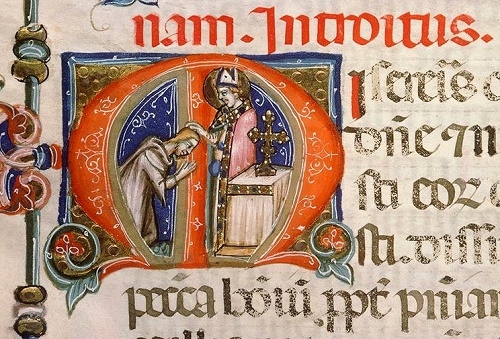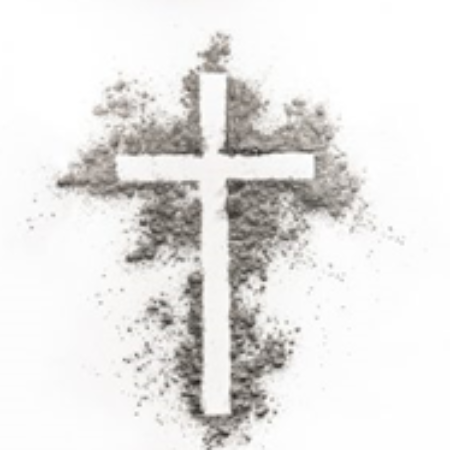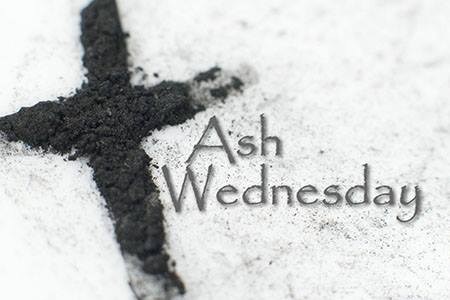


Therefore, despite the popularity this practice has achieved as a form of evangelism and pastoral outreach, its practice should be deferred again this year.


“Ashes to Go” should be forgone again this year. The protocols for safety and precautions which we maintain in our houses of worship cannot be presumed or regulated in public places, especially outdoor locations.While devoutly cherished, the imposition of ashes is an optional portion of the Ash Wednesday liturgy, which includes in its richness the exposition of the Gospel the powerful Lenten exhortation and the penitential outpouring of Psalm 51 and the Litany.May we find this Lenten season a time to bend the knee of our heart, praying with the psalmist: Give me the joy of your saving help again, and sustain me with your bountiful Spirit. The guidelines below provide options for some return to our cherished Ash Wednesday practices, with continued precautions in place. Though the Omicron variant’s spike seems to have peaked, we nonetheless must continue a vigilance which will safeguard our physical well-being and that of those in our communities, not risking further pressure on the hospitals still strained to the breaking point. Many of you were creative in your response, devising methods for providing your parishioners with ashes for self-imposition which-while lacking the fullness of the Ash Wednesday liturgy’s grace-laid claim to a measure of its blessing. Last year, given conditions then prevailing, we were left with only the most limited options for observing Ash Wednesday, that powerful moment of our entry into the spirit of Lent. We approach Lent yet again with unexpected concerns about how to balance our observance of this sacred season with care for one another in an extended pandemic. The following COVID-19 update with the bishops' guidance for Ash Wednesday was sent to clergy and congregational and diocesan leadership on Jan.


 0 kommentar(er)
0 kommentar(er)
